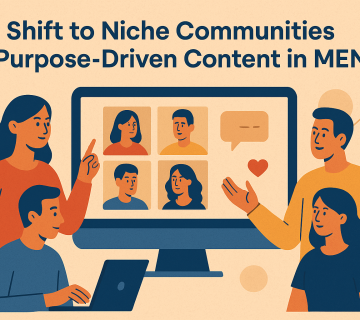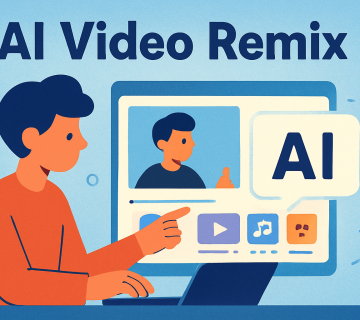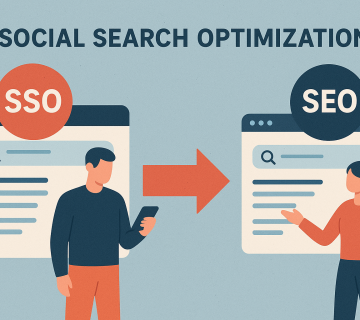Social media has become an integral part of our lives, connecting us with friends, family, and the world. However, the current centralized social graph models have raised concerns about data privacy, ownership, and security. The emergence of NextGen social graph on Web3 is set to revolutionize social media by offering decentralized solutions that empower users and prioritize their control over their data.
I. Understanding the Social Graph:
First, The social graph is a visual representation of the relationships between individuals and how they are connected. It provides insights into an individual’s social connections and interactions with others. Also, In the current centralized models, social media platforms gather user data, monitor online behavior, and sell this data to third parties for profit . This compromises user privacy and ownership of their data.
II. Challenges with Web2 Social Graphs:
- User Privacy: Web2 platforms collect user data without their consent and sell it to advertisers, compromising privacy .
- Data Ownership: Users often sign away their rights to own their data when signing up for Web2 social media platforms .
- Centralized Data Storage: Storing user data in a centralized database makes it vulnerable to cyber-attacks and data leakage.
III. The Promise of Web3 Social Graphs:
- Decentralization: Web3 social graphs are stored on multiple blockchain nodes, ensuring data distribution and reducing the risk of data loss .
- User Control: Also, Web3 empowers users to control their data and decide who they want to share it with.
- Data Monetization: Users can monetize their data by selling it to third parties, similar to Web2 social media platforms .
IV. Examples of NextGen Social Graph Projects:
- Lens Protocol: Lens Protocol enables creators to own their content on the decentralized internet, forming user-owned social graphs .
- CyberConnect Protocol: This protocol aims to create a decentralized social graph infrastructure that is censorship-resistant and self-governing.
- Steemit: Steemit is a decentralized social media platform that rewards users for creating and curating content .
- Subsocial: Subsocial is a social networking platform built on the Dotsama ecosystem, offering resistance to censorship and data ownership for users .
- DeSo: DeSo is a layer-1 blockchain designed to decentralize social media and empower users with more control .
Conclusion:
In summary, The NextGen social graph on Web3 is transforming social media by addressing the challenges of data privacy, ownership, and security. With decentralized solutions and user control at its core, NextGen social graphs offer a promising future for social media platforms. Also, By embracing these advancements, we can create a more secure, private, and user-centric social media experience.




